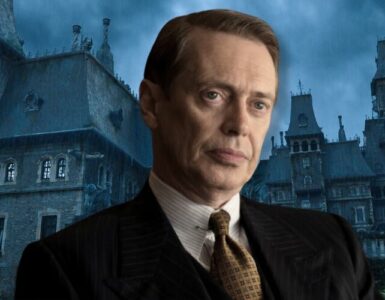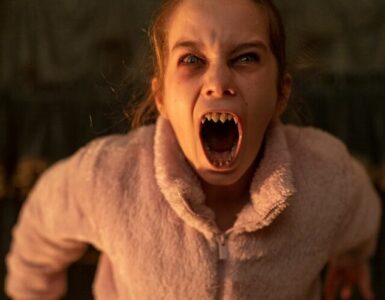Sporting an impressive 91% rating on Rotten Tomatoes, and we reviewed it for 7.9/10, The Haunting of Hill House is one of the latest Netflix Original Series, released only in October 2018, to receive such critical acclaim.
Directed by Mike Flanagan, he was also responsible for several other well-received horror movies, including Hush and Gerald’s Game.
While this is by no means a comprehensive list, here are some reasons as to how The Haunting of Hill House managed to be such a delightfully scary series to watch.
Warning: major spoilers ahead! For those who have not watched The Haunting of Hill House, we recommend you watch the series first before reading this.
1. Compelling characters
One of the series’ biggest draws is how nuanced the characters are. The members of the Crain family are not your typical cookie-cutter characters with clichéd trope fillings, placed there by the script to fulfil specific roles in the show. Each character, over the course of staying at Hill House, emerges with their own nightmares and ghosts haunting them till adulthood.

There is a popular theory floating on the web which postulates that the Crain Siblings each represent a specific stage of grief. Steve is clearly in Denial over everything, especially with what took place in Hill House, refusing to accept that what happened in Hill House could have been due to supernatural forces. While the eldest daughter Shirley (Elizabeth Reaser) is a control freak with Anger issues. Middle child Theodora (Kate Siegel) embodies Bargain is constantly trying to rationalize what is happening around her, her gloves a way to keep herself apart from everyone else.
Then you have the twins Luke (Oliver Jackson-Cohen) and Eleanor “Nelly” (Victoria Pedretti) who are theorized to embody the stages Depression and Acceptance respectively. Luke’s depression is best seen through his substance abuse as a form of escape from the things he saw at Hill House – including the murder of his friend Abigail. While Nelly, the youngest of the Crain, acted as a beacon of light for her elder siblings in the last few episodes of the series, saving them from their own nightmares to getting them to come to terms with and accept the ghosts of their past.
2. More than just a skin-deep plot
While the series certainly has its fair share of typical horror tropes such as a haunted house (à la Hill House) and psycho killers (which is arguably what the matron of the Crain household Olivia Crain (Carla Gugino) slowly devolves into as the series progresses), what makes the series shine brighter than so many others in the horror genre that employs such clichés is that the show utilizes these elements in a way that’s not what you’ll see in typical horror movies.
Sure, there is a haunted house, so why doesn’t the Crain family just up and leave? Well, when you’ve put almost everything you have into this house in hopes of fixing it and then selling it off at a higher price, you can’t exactly abandon it just like that, can you? Even Olivia, who by the end of the show has fallen into insanity, is a sympathetic character. She simply wants what she believes is the best for her five kids, even if that means she has to kill them to achieve it.
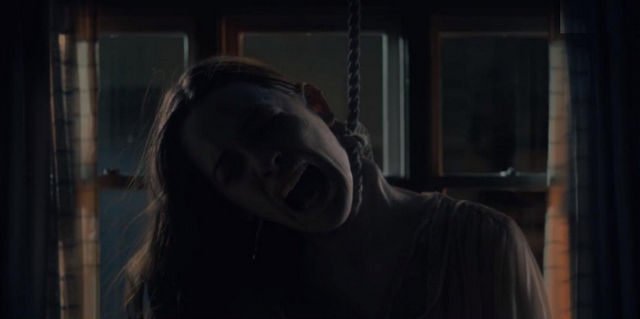
Furthermore, the revelation in the fifth episode that Nelly herself was the Bent-Neck Lady that has been haunting her since childhood is both genius and a chilling revelation that might have broken the collective minds of most viewers who were watching the show.
3. Effective use of jump scares
Those who’ve recently watched The Nun will agree with us when we say that the movie could pretty much be renamed ‘The Jump Scare’. There were so many unnecessary scares, one of which is the typical shot of the camera panning away, and you just know that when it pans back there will be something behind the lead character; complete with sudden loud music to make you jump. There is no real rhyme or reason for the jump scares in certain horror movies, but with The Haunting of Hill House, one does not really get a sense of this. (Almost) every jump scare happens for a reason, and more often than not, adds a little something to the plot, rather than being there purely for the shock factor.
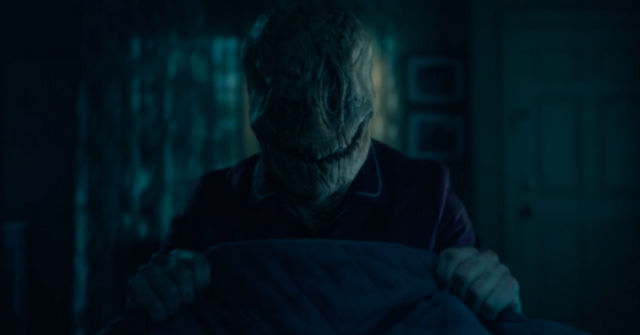
One such jump scare featured ghost Nelly screaming out of nowhere in the car, though that was most probably to stop Shirley and Theo from arguing. The scene with Theo waking up to find ‘Mr. Smiley’ pulling down her blanket in the middle of the night setting up the revelation that the ‘monster’ was, in fact, her young client compartmentalizing the sexual abuse she received from her foster-father, serving to add to the gravity and horror of the information, making it all the more terrifying, just in a different way.
4. A truly terrifying villain
More than the jump scares, what is most terrifying about the series is its true villain, Hill House itself. The House has been described to be akin to a body, with the mysterious Red Room its stomach, that slowly ‘eats’ its occupants. Readers who are familiar with the indie horror game Anatomy might find some similarities between the game and Hill House since both feature a house that is in a sense, ‘alive’. While most of the spectres haunting Hill House are relatively benign, there are some such as the alluring Poppy Hill that actively helps Hill House acquire its next meal by whispering doubts into their mind, which was the fate that ultimately befell poor Olivia Crain.
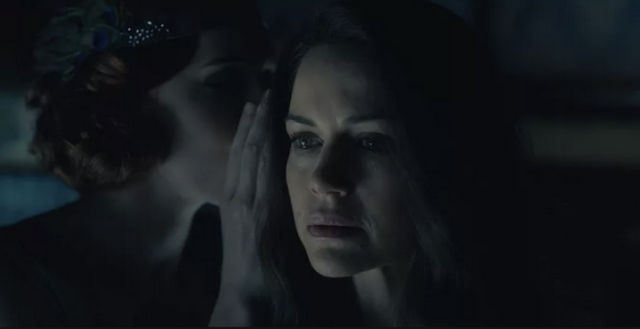
Mike Flanagan understands that horror is not just about things that go bump in the night, but also the fear of losing control of yourself, or the fear of seeing someone you love fall deeper and deeper into insanity. A very legitimate fear many parents would agree with is also one that plagues Olivia as the series progresses – will her children be safe in the vast outside world? Olivia’s answer to that fear – to kill her children so that they will forever be safe in her arms.
5. A satisfying ending
Lastly, no good series will be complete without a satisfying ending, and The Haunting of Hill House certainly has one. By the end of the series, Steve has taken a step forward in trying to patch things up with his wife, and we even see close to the end that they are expecting a child. Shirley confessed to her husband about an affair she had six years prior to the start of the series, one which caused her so much guilt she had taken to see the man she had slept with nearly everywhere. Theo has ditched her gloves and properly entered a relationship with someone, and finally, Luke, finally broke free of his drug addiction with the support of his family, celebrating two years of being clean. These siblings have come to terms with their guilt and their anger, and have learned to move on from their grief.
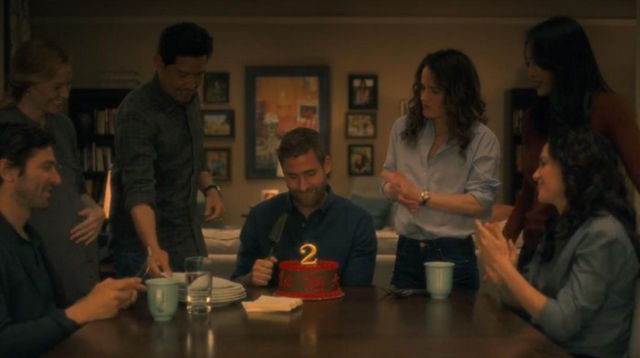
Unless it was all a ploy. Ha!
This is also not to say that the series is perfect beyond reproach; it does have its flaws, but they are not significant enough to detract one from enjoying the rest of the series. Here’s hoping that Netflix comes up with more horror shows that both scare and delight us in the future.




